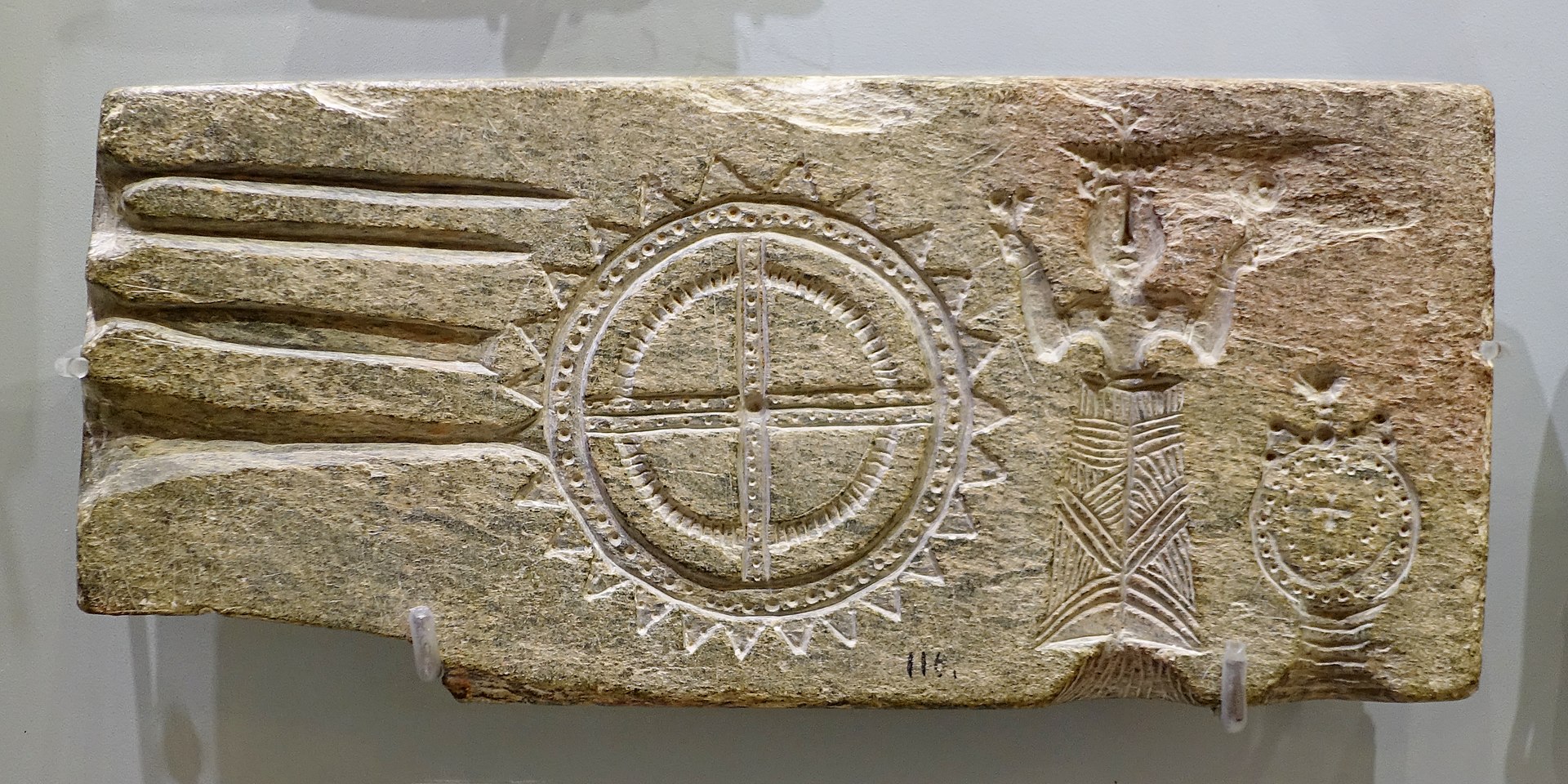The ancient Minoan civilization of Crete, which flourished from approximately 2700 to 1450 BCE, was one of the most advanced societies of its time. Renowned for their sophisticated art, architecture, and extensive trade networks, the Minoans also made significant contributions to the field of astronomy and celestial navigation. These contributions were crucial in facilitating their maritime prowess and ensuring the success of their trading expeditions across the Mediterranean Sea.
Minoan Astronomy
Astronomy in ancient Crete was closely intertwined with their religious and cultural practices. The Minoans observed the heavens meticulously, recording the movements of celestial bodies and integrating these observations into their agricultural calendar, religious rituals, and mythological narratives. The alignment of Minoan palaces, temples, and tombs suggests a deep understanding of solar and lunar cycles.
One of the most compelling pieces of evidence of Minoan astronomical knowledge is the alignment of the palace of Knossos. Archaeologists have noted that certain structures within the palace complex align with the solstices and equinoxes, indicating that the Minoans used these events to mark significant dates in their calendar. Similarly, the Phaistos Disk, a famous artifact discovered on Crete, may contain astronomical symbols, although its exact meaning remains a subject of debate among scholars.
The Minoans likely inherited and expanded upon the astronomical knowledge of earlier cultures, such as the Egyptians and Mesopotamians. They observed the regular cycles of the sun, moon, and stars, which were essential for timekeeping and planning agricultural activities. These observations would have been crucial for determining the optimal times for planting and harvesting crops, ensuring food security for the population.
Celestial Navigation
The Minoans were exceptional seafarers, navigating the treacherous waters of the Mediterranean with remarkable skill. Their ability to traverse the open sea and establish trade routes with distant lands like Egypt, Cyprus, and the Near East was underpinned by their knowledge of celestial navigation.
Celestial navigation involves using the positions of stars, the sun, and other celestial bodies to determine one’s position at sea. For the Minoans, who lacked modern navigational instruments, this skill was indispensable. They would have used the rising and setting points of stars to establish bearings and directions. The North Star, Polaris, would have been particularly useful for northern orientation, while the consistent path of the sun provided a reliable east-west axis.
The Minoans also developed an understanding of the seasonal changes in the night sky. By noting which constellations were visible at different times of the year, they could estimate the time of year and their latitude. This knowledge would have been passed down through generations of sailors, forming an oral tradition of navigation that was essential for the survival and prosperity of Minoan maritime ventures.
Cultural Integration
Astronomy and celestial navigation were not isolated practices but were deeply integrated into Minoan culture. Religious ceremonies often coincided with astronomical events, and deities were associated with celestial phenomena. The Minoan goddess of the moon, for example, was venerated through rituals timed with the lunar phases. This religious significance reinforced the importance of astronomical observations in daily life.
Moreover, the Minoans’ extensive trade networks facilitated the exchange of astronomical knowledge with other advanced civilizations. Interactions with Egyptian and Mesopotamian astronomers likely enriched their understanding and practices. The Minoans were thus part of a broader Mediterranean tradition of astronomical science, contributing to and benefiting from the collective knowledge of the ancient world.
Legacy
The decline of the Minoan civilization around 1450 BCE did not mark the end of Cretan contributions to astronomy and navigation. The knowledge and techniques developed by the Minoans were passed on to subsequent Greek cultures. The Mycenaeans, who succeeded the Minoans, and later the Classical Greeks, built upon this foundation, leading to significant advancements in both fields.
In conclusion, the Minoan civilization of Crete made substantial contributions to astronomy and celestial navigation. Their meticulous observations of celestial bodies were crucial for agricultural planning and religious rituals, while their navigational prowess enabled them to dominate Mediterranean trade. These achievements highlight the sophistication and interconnectedness of Minoan society and underscore their lasting impact on the scientific and cultural development of the ancient world.


